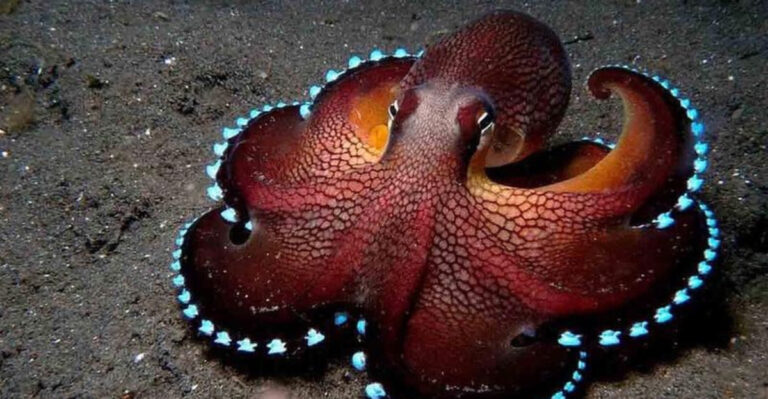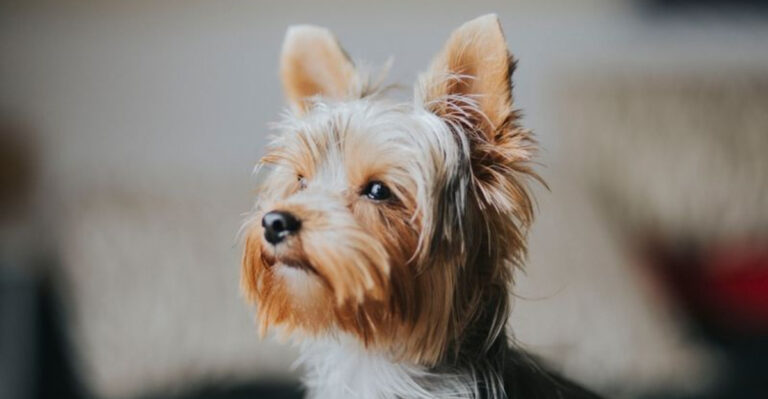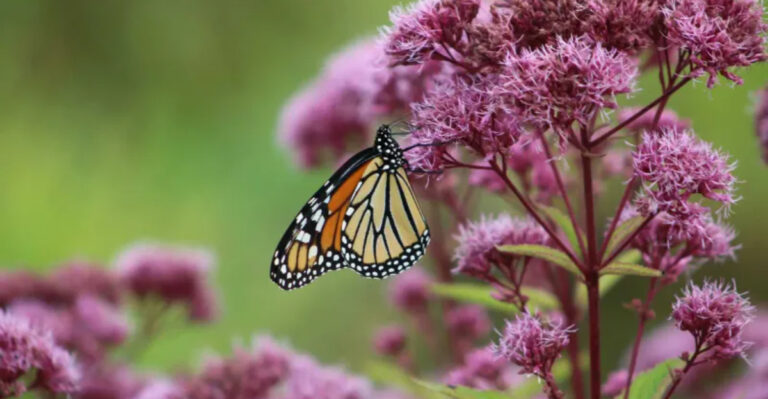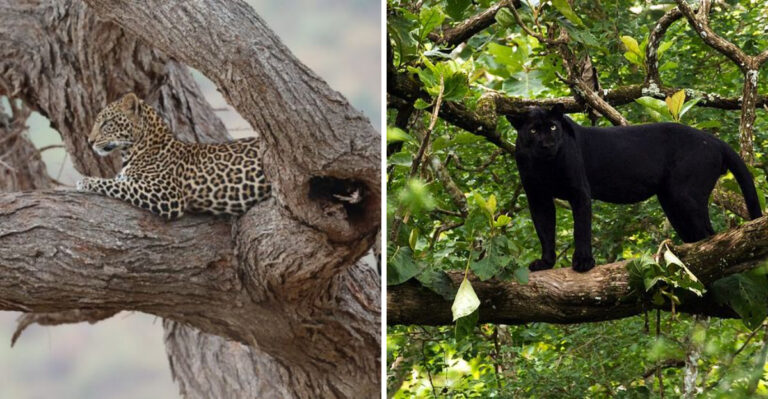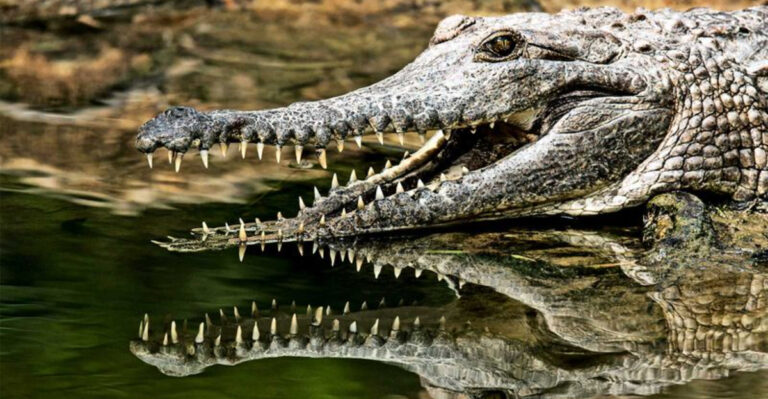16 Standout Horses: The Equine World’s Most Unique Characters
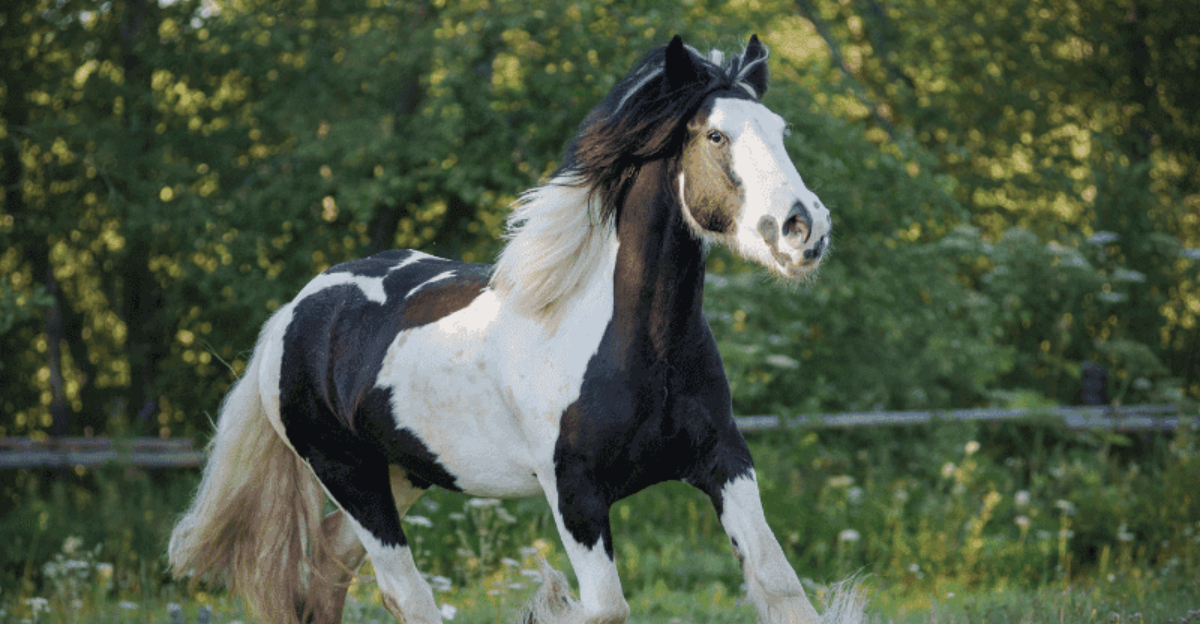
Horses have galloped alongside humans for thousands of years, evolving into hundreds of distinct breeds across the globe.
From tiny ponies to massive draft horses, each breed tells a story of adaptation to specific environments and human needs. Let’s explore some of the most fascinating and unusual equine characters that make the horse world so wonderfully diverse.
1. Akhal-Teke
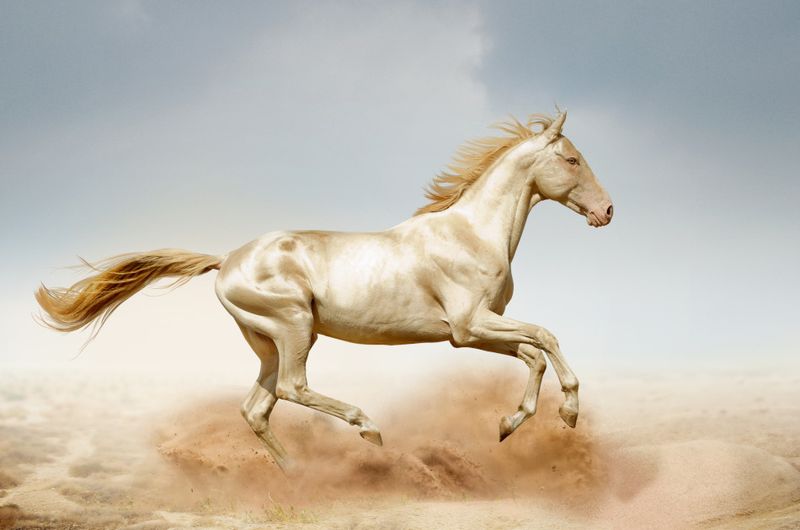
Ever seen a horse that looks dipped in metallic paint? Akhal-Tekes possess a coat so lustrous it appears to be made of liquid gold or copper. This ancient Turkmen breed survived harsh desert conditions for over 3,000 years.
Their hollow hair structure reflects light, creating that signature metallic sheen. Tough as nails yet graceful as dancers, these horses form unbreakable bonds with their riders.
2. Marwari
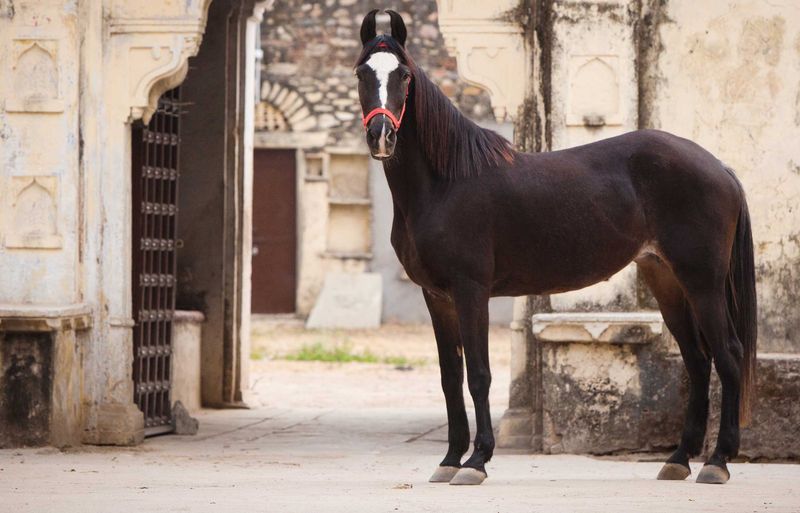
Imagine ears so uniquely curved they can touch at the tips! Marwari horses from India sport this distinctive feature that sets them apart in the equine world. Royal families once treasured these spirited steeds for their loyalty and battlefield prowess.
Beyond those captivating ears, their hardy constitution and elegant gait make them natural showstoppers. These rare beauties nearly vanished before conservation efforts saved them.
3. Fjord Horse
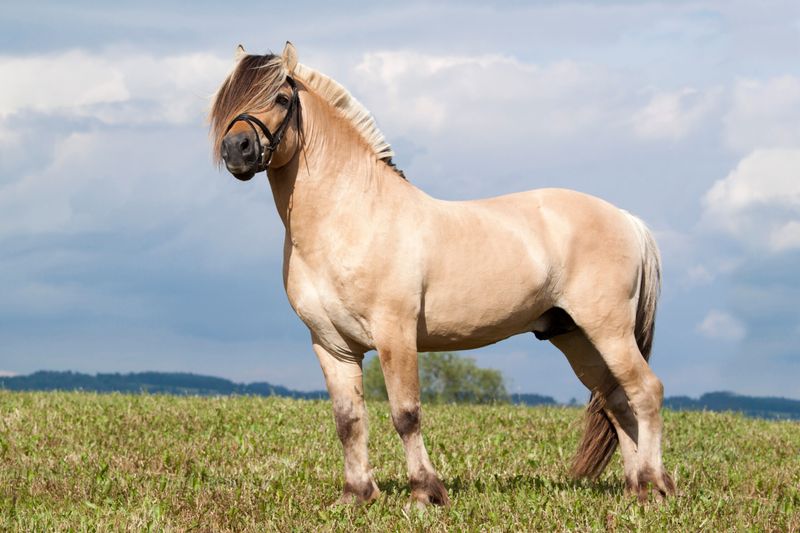
Mother Nature got creative with the Fjord’s mane! These Norwegian natives rock a striking two-tone mane – dark in the middle with light edges – that stands straight up like a mohawk when trimmed traditionally.
Built like compact tanks with distinctive primitive markings, these dun-colored powerhouses have pulled Viking ships and farmed rugged Norwegian terrain. Their kind temperament contradicts their tough-guy appearance, making them beloved family horses.
4. Knabstrupper
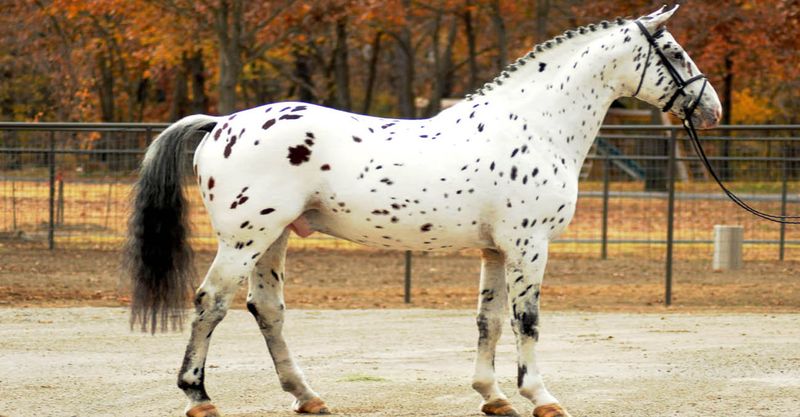
Straight from a fairy tale, Knabstruppers look like they’ve been splattered with an artist’s paintbrush! This Danish breed flaunts a spectacular spotted coat pattern that ranges from a few flecks to full-body polka dots.
Once the mount of choice for royal courts across Europe, these eye-catching horses nearly disappeared in the 1800s. Their balanced temperament matches their striking appearance – bold yet sensible, making them excellent performers in circus rings and dressage arenas alike.
5. Bashkir Curly
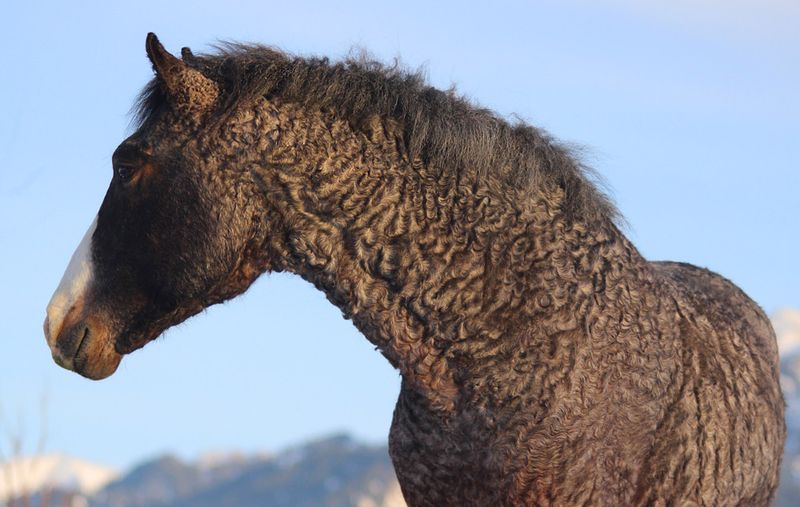
Curly-haired horses? You bet! Bashkir Curlies sport wavy to tight corkscrew curls in their winter coats, manes, and even eyelashes. The magic happens in spring when many shed those curls for a smoother summer look.
Horse lovers with allergies rejoice – their unique hair structure makes many Curlies hypoallergenic! Native Americans called them “buffalo horses” for their curly coats. Their patient, unflappable nature makes them perfect partners for novice riders.
6. Falabella
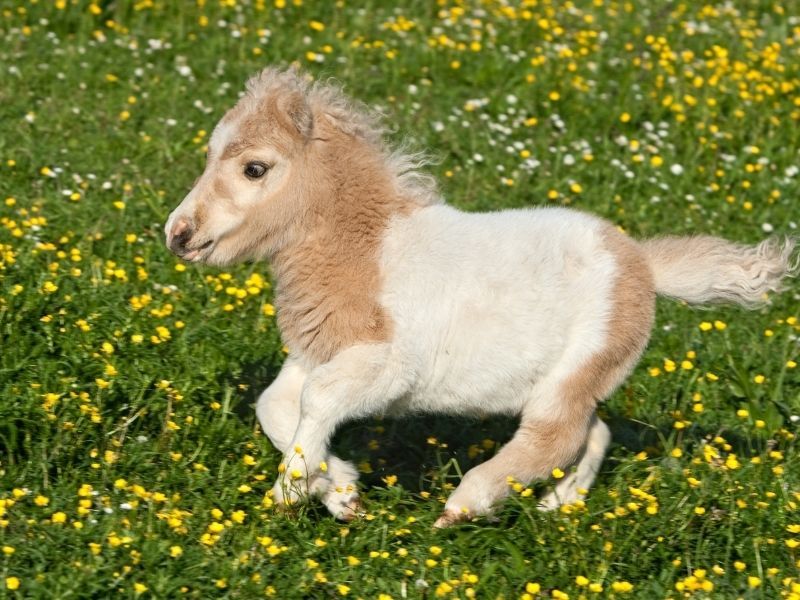
Don’t call them ponies! Falabellas are perfectly proportioned miniature horses, standing just 21-34 inches tall at maturity. An Argentinian family spent generations selectively breeding these tiny equines to maintain perfect horse proportions.
Despite their diminutive size, these mighty minis possess remarkable intelligence and strength. Some clever Falabellas learn tricks faster than their full-sized cousins! With lifespans reaching 40-45 years, they often outlive standard horses by decades.
7. Przewalski’s Horse
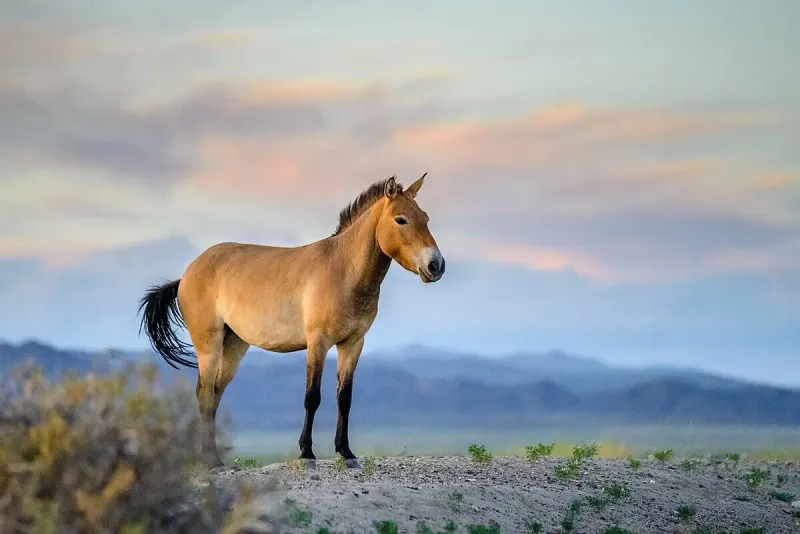
Meet the rebel of the horse world! Przewalski’s horses never submitted to domestication, remaining genuinely wild throughout history. Once extinct in the wild, conservation efforts brought these living fossils back from the brink.
Their stocky bodies, upright manes, and dun coloring with primitive markings mirror their ancient ancestors. Unlike domestic horses, these untamed spirits possess 66 chromosomes instead of 64. They represent our only window into how horses lived before humans entered the picture.
8. Appaloosa
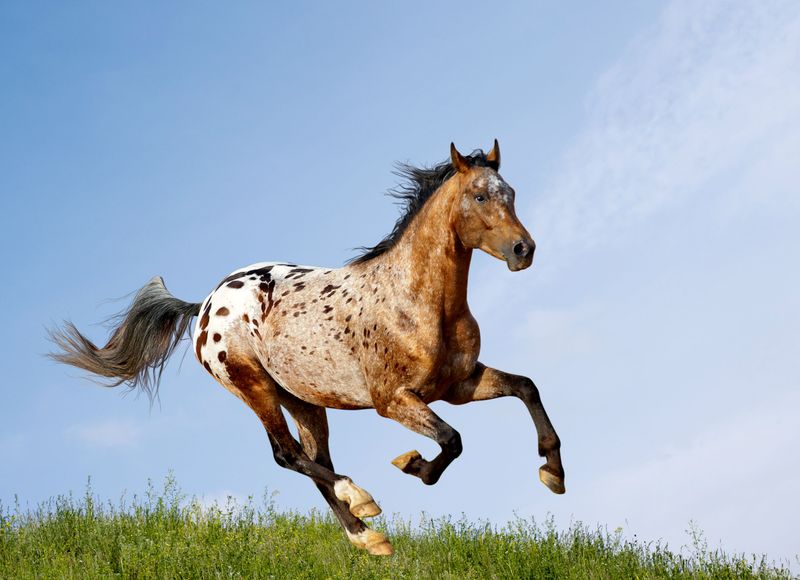
Long before European settlers arrived, the Nez Perce tribe selectively bred these distinctively spotted horses. Appaloosas showcase several eye-catching patterns – from blanket spots and leopard complexes to marble-like roaning.
Look closely at their distinctive features: striped hooves, mottled skin, and visible white sclera around their eyes (like humans!). These hardy, versatile horses excelled as war mounts, hunting companions, and racing champions throughout Native American history.
9. Icelandic Horse
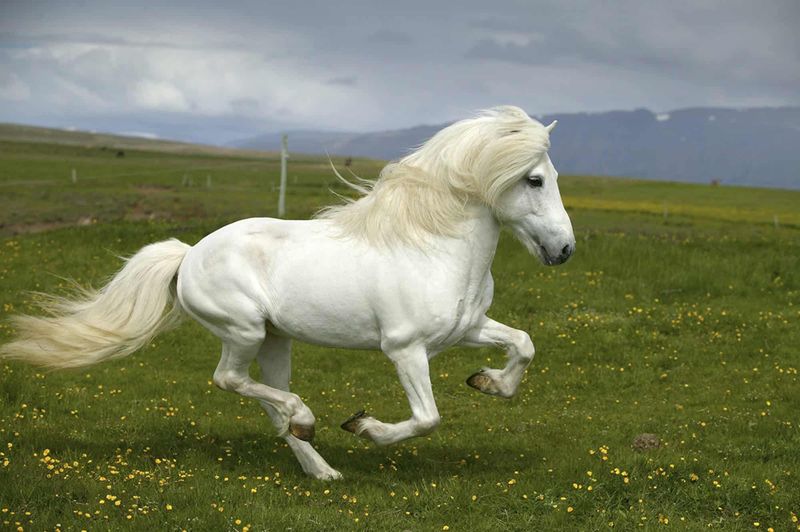
For over 1,000 years, Iceland has forbidden horse imports, creating the world’s purest breed. These pint-sized powerhouses showcase two extra gaits beyond the typical walk, trot, and canter – the smooth tölt and the lightning-fast flying pace.
Viking settlers brought these hardy horses to Iceland in the 9th century. Their thick double coats laugh off Arctic blizzards while their sure-footedness conquers volcanic terrain. Despite their small stature, Icelanders consider them horses, not ponies!
10. Gypsy Vanner
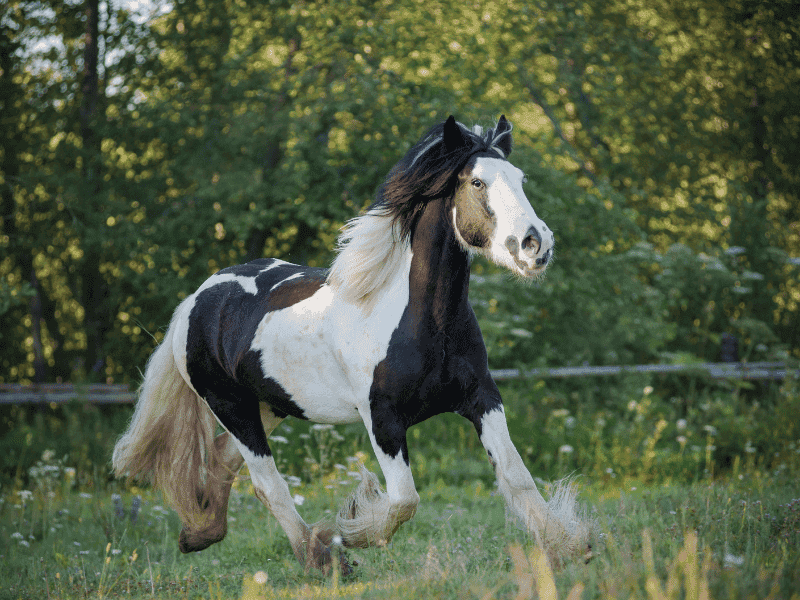
Imagine a draft horse wrapped in silky hair with feathered legs that flow like curtains in the breeze! Gypsy Vanners were carefully developed by Romani travelers to pull their ornate vardos (wagons) across Europe.
Despite their substantial build, these gentle giants possess the temperament of golden retrievers. Their most striking feature? Those abundant feathers – silky hair covering their lower legs – require daily brushing to maintain. These living carousel horses combine strength, beauty, and a heart of gold.
11. Frisian
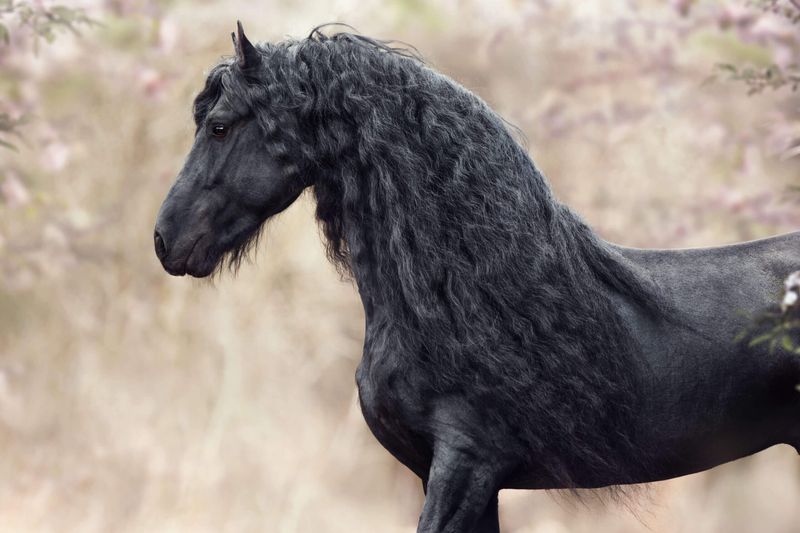
Straight from a fantasy novel, these jet-black beauties glide across the ground with impossibly high knee action. Their flowing manes and tails can reach the ground, while their ebony coats shine like polished onyx in the sunlight.
Medieval knights valued Frisians for their strength and imposing presence in battle. Today, these majestic creatures star in movies and dressage competitions. Despite their impressive size, they’re known as gentle giants with willing personalities that match their breathtaking beauty.
12. Kiger Mustang
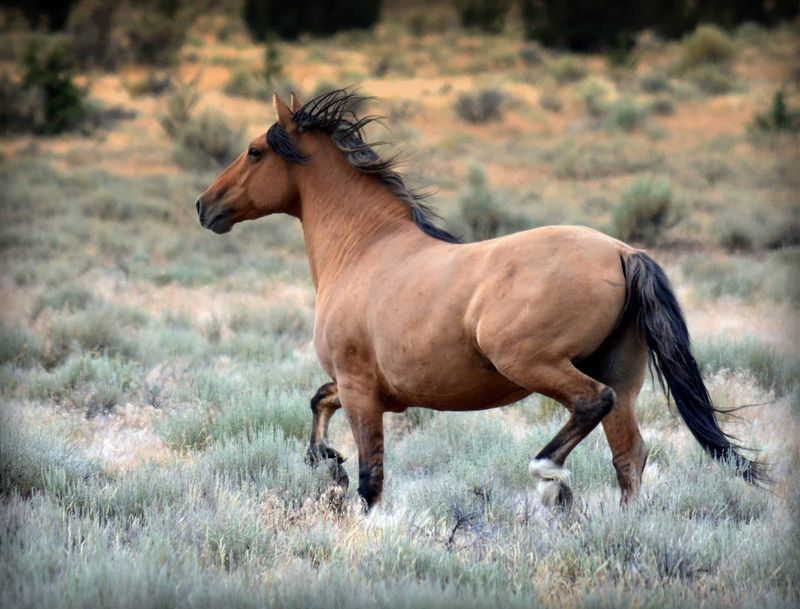
Back in 1977, wranglers discovered something extraordinary among wild horses in Oregon – living descendants of Spanish horses brought by conquistadors centuries ago! Kigers display the primitive dun coloring of their ancient ancestors, complete with dorsal stripes and zebra-like leg markings.
DNA testing confirmed their rare Spanish bloodlines, making them living time capsules. The animated film “Spirit” featured a Kiger as its star. Their intelligence, hardiness, and cat-like agility make them exceptional partners for those lucky enough to earn their trust.
13. Clydesdale
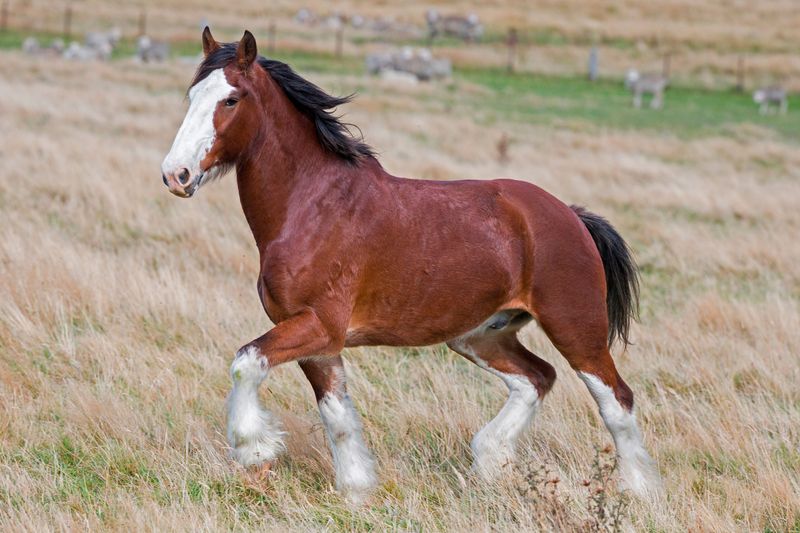
You’ve probably spotted these magnificent beasts in famous beer commercials! Clydesdales combine massive size with surprising grace – their trademark high-stepping gait showcases those iconic feathered legs in spectacular fashion.
Originally bred to pull heavy loads in Scottish coal mines, a single Clydesdale can weigh over 2,000 pounds. Their dinner plate-sized hooves require special horseshoes containing more metal than four regular shoes. Despite their imposing size, they’re known for their gentle, trainable nature.
14. Shire
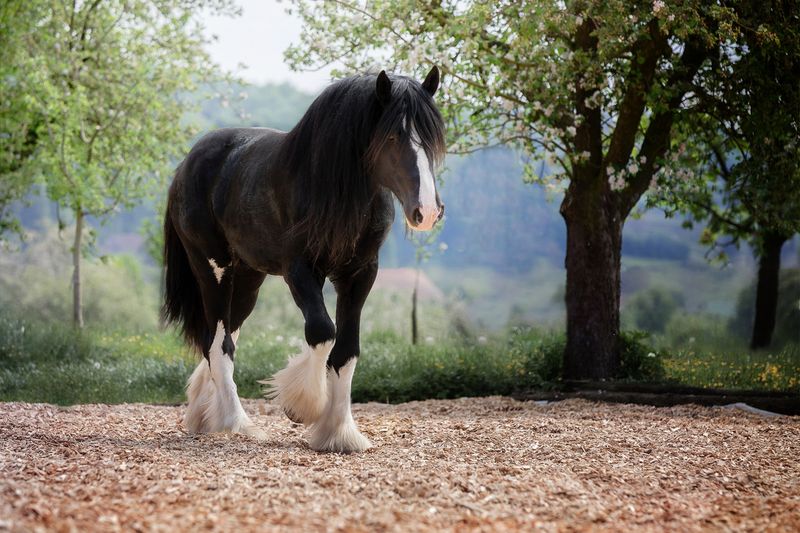
Hold onto your hats – the tallest horse ever recorded was a Shire named Sampson, standing a staggering 21.2 hands (7 feet 2 inches) at the shoulder! These English giants once pulled plows through heavy soil before tractors existed.
Despite being the world’s largest horse breed, Shires possess remarkably gentle temperaments. Their massive hooves can be the size of dinner plates, while their legs feature abundant silky feathering. A hungry Shire can devour 25-30 pounds of hay daily!
15. American Cream Draft
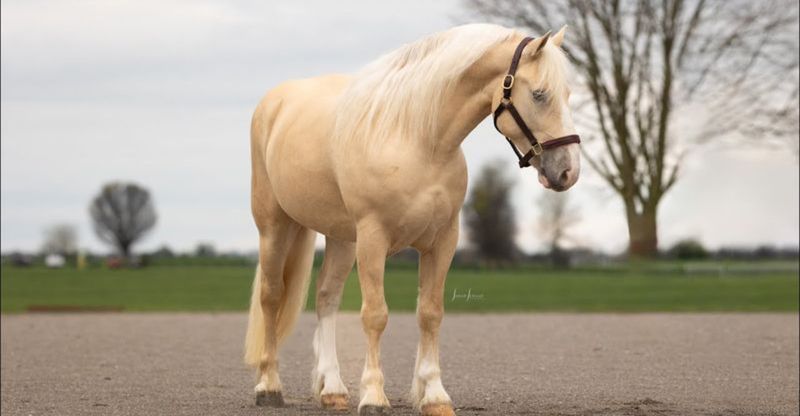
America’s only native draft breed almost disappeared forever! These cream-colored giants with amber eyes and pink skin nearly vanished in the 1950s when only 200 remained worldwide.
Their champagne-colored coats darken with age, while their manes and tails lighten to nearly white. Despite weighing up to 2,000 pounds, these gentle giants move with surprising grace. Conservation efforts have brought them back from the brink, though they remain one of the rarest horse breeds.
16. Sorraia
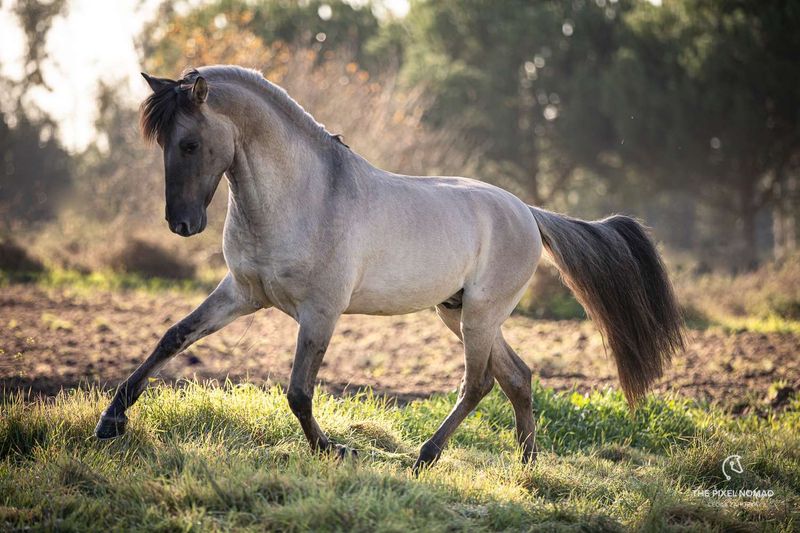
Cave paintings from 22,000 years ago depict horses identical to today’s Sorraias! These primitive Portuguese horses survived in remote areas, untouched by selective breeding. Their mouse-gray or yellowish-brown coats feature distinct zebra-like stripes on legs and backs.
Genetic testing confirms they represent one of the oldest surviving horse lineages. With fewer than 200 purebreds remaining worldwide, they’re critically endangered. Their ancient instincts make them naturally wary, requiring patient handling to earn their trust.

